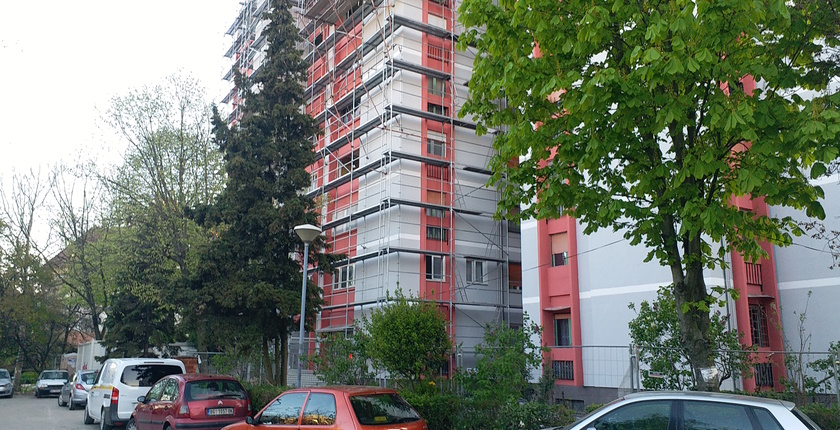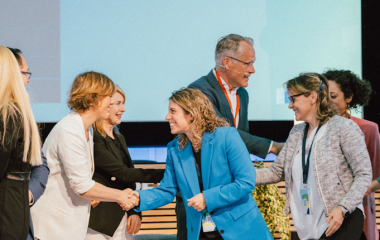
Photo: BGEN
Residents of the most energy-inefficient residential buildings connected to the district heating system in 15 Serbian cities and towns have an opportunity to apply for subsidies for energy rehabilitation. The Government of Serbia provides 50% of the funds for the investment, which should reduce heating and cooling and maintenance costs and increase the value of their properties.
The subsidies will be approved within the Public ESCO project for investments in external wall insulation and the installation of heat dividers and thermostatic valves in apartments to switch to consumption-based billing for district heating.
The government subsidizes half of the investment, while the citizens pay the rest in monthly installments, through the heating bill. The costs are envisaged to be equal to or slightly higher than what they are paying now, before rehabilitation.
The Public ESCO project was launched by the Ministry of Mining and Energy in cooperation with the European Bank for Reconstruction and Development (EBRD). The goal is to improve energy efficiency in residential buildings connected to district heating and the transition to consumption-based billing.
The total cost of energy rehabilitation per apartment should be EUR 2,500 on average
So far, seven local authorities issued public calls to housing associations to apply – Belgrade, Novi Sad, Kragujevac, Pirot, Užice, Vranje, and Trstenik. Čačak, Jagodina, Kraljevo, Negotin, Niš, Novi Pazar, Pančevo and Valjevo are expected to follow soon. In Zrenjanin, a public call was implemented as a pilot project, and information on further steps is expected.
The Ministry of Mining and Energy estimates that more than 500 residential buildings with an overall area of about one million square meters would be renovated as part of the project. It is valued at EUR 64.5 million, out of which EUR 50 million is an EBRD loan, and EUR 14.5 million is from donations.
The grants for housing associations are planned to cover energy efficiency studies and 50% of the renovation works, while the remainder will be repaid by the citizens, over about ten years. The cost of renovating an average apartment, of 50 square meters, is estimated at EUR 2,500.
An opportunity for the oldest buildings
According to Assistant Minister of Mining and Energy Maja Vukadinović, the most important criteria for selecting the buildings are heat consumption per square meter and the number of owners that apply.
The oldest buildings, built in the 1960s, 1970s, and 1980s, are surely the ones with the highest heat consumption in Serbia. Also, they are the most difficult to switch to consumption-based heat billing, because without investing in energy rehabilitation, the change, which is inevitable, would increase their heating bills.
The implementation of the Public ESCO project should enable energy savings of more than 35%
“After energy rehabilitation, the residents will have lower heating and cooling costs, the value of the property will increase and maintenance costs will decrease. They will also get the opportunity to manage heat energy consumption,” Vukadinović explained.
According to the ministry, the project’s implementation should enable energy savings of more than 35% or 81,000 MWh annually and the reduction of CO2 emissions by 20,000 tons per year.


















City of Šabac did this 12 years ago with several high multifamily buildings, they subsidies 50% of costs for thermo insulation of facades. Now is even better with additional grants.